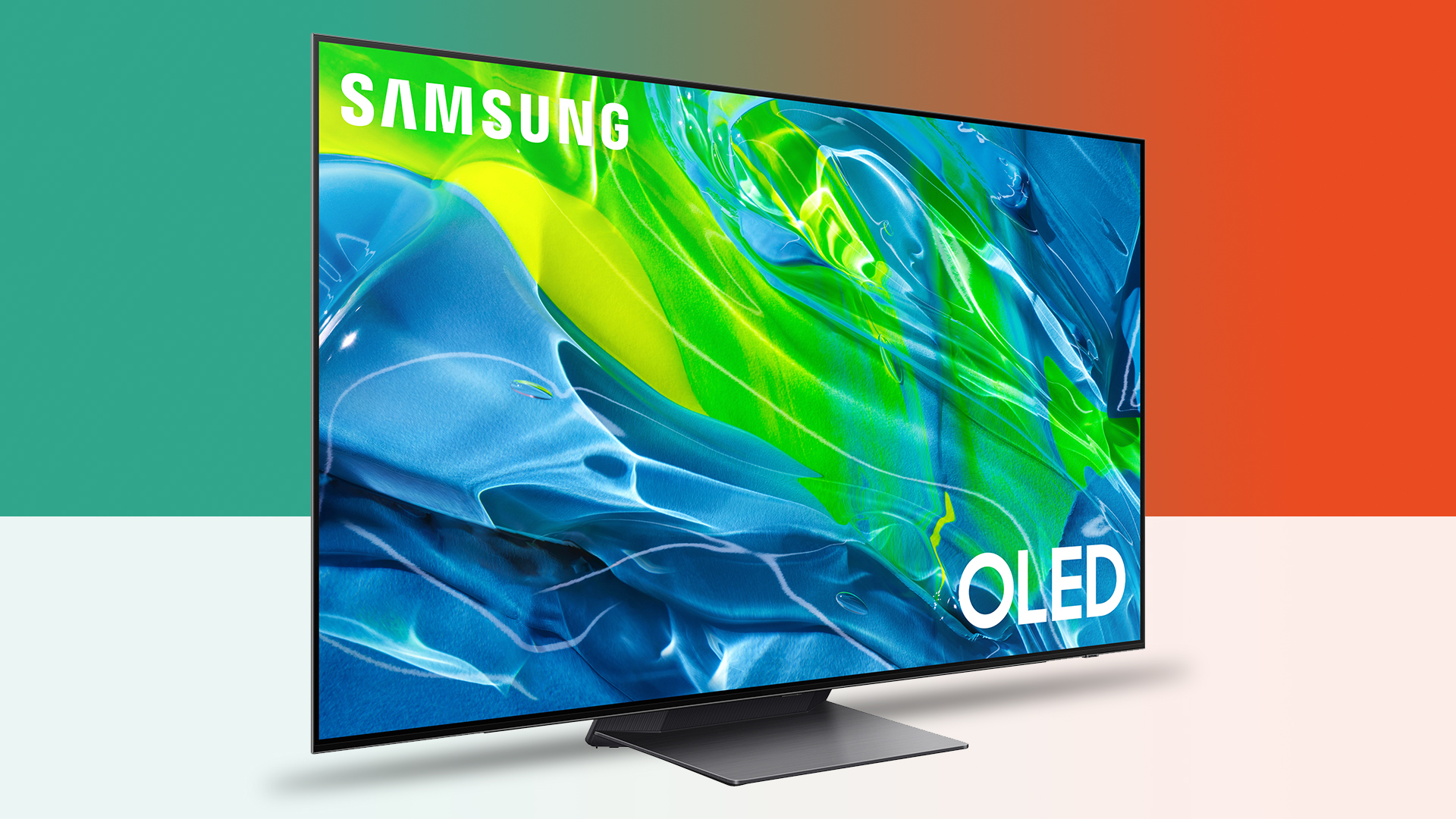Should you buy an OLED TV? Here I look at the pros and cons
OLED TVs are the best TVs you can get, but other technologies come awfully close for less cash


Should you buy one of the best OLED TVs? The short answer is yes, because they're brilliant. The longer answer is that it depends on what you want and how much you want to spend, because while OLED TV is the best TV tech around it's also often the most expensive – and rival technologies can come very close in picture quality for considerably less money. In fact, our pick of the best TV for most people isn't OLED; it's a rival technology called Neo-QLED. Let's explain.
What's the difference between OLED, QLED, Neo-QLED, Mini-LED and LED?
In a word, light. Every display is made of millions of pixels, the little dots that make up the picture, but the way they are lit is different in different kinds of display. In an OLED, each pixel is its own light source. In all other LED displays the pixels are lit from behind or from the sides.
That makes a very big difference because it's much harder to deliver pure blacks with a back- or side-lit screen: you get what's called "light bleed" when light leaks from one section of the display into the bits you want to stay dark. Various manufacturers have come up with ever more clever ways to mitigate this, but OLED still delivers better contrast and often much better brightness too.

Are OLED TVs expensive?
Yes, but they're considerably less so than before: you can now find OLED TVs among the best TVs under £1,000. As the technology has matured, manufacturers have found ways to make them more cheaply; that in turn means lower prices for us.
The other thing that's changed is size. The first OLEDs had to be massive, because firms couldn't make small panels efficiently enough without costing ridiculous sums of money. Now, though, you can get OLED displays among the best 40, 42 and 43-inch TVs so you no longer need an enormous house to fit your TV into.
What alternatives should I consider?
Quantum Dot LED displays come very close to OLED quality without the cost, and mini-LEDs take things even further by using incredibly small LEDs in their backlights to deliver very impressive contrast. Our current favourite TV is a mini-LED. If you're in the market for a large 8K TV, OLED and mini-LED may be the best technologies for you.
Get all the latest news, reviews, deals and buying guides on gorgeous tech, home and active products from the T3 experts
Writer, musician and broadcaster Carrie Marshall has been covering technology since 1998 and is particularly interested in how tech can help us live our best lives. Her CV is a who’s who of magazines, newspapers, websites and radio programmes ranging from T3, Techradar and MacFormat to the BBC, Sunday Post and People’s Friend. Carrie has written more than a dozen books, ghost-wrote two more and co-wrote seven more books and a Radio 2 documentary series; her memoir, Carrie Kills A Man, was shortlisted for the British Book Awards. When she’s not scribbling, Carrie is the singer in Glaswegian rock band Unquiet Mind (unquietmindmusic).
